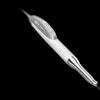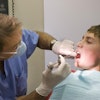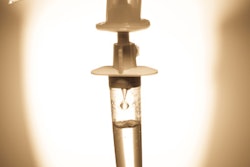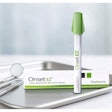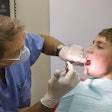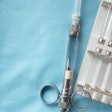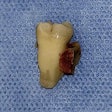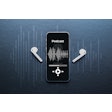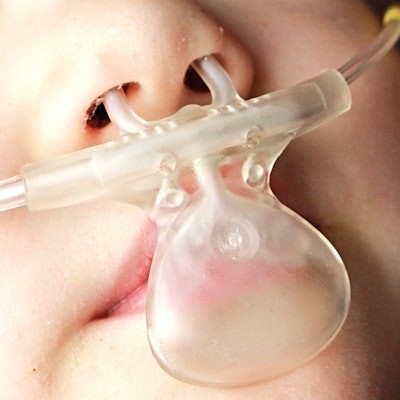
Monitoring exhaled carbon dioxide, or capnography, may be able to prevent severe adverse events in moderately sedated patients, according to a new review published in the January issue of the Journal of the American Dental Association.
Capnography has long been required for deep but not moderate sedation, according to the review authors. Yet moderately sedated patients can progress to deeper levels of sedation, and monitoring their carbon dioxide levels may provide early warning signs of adverse effects, including dangerously low oxygen levels, or hypoxemia.
"Adding capnography to standard monitoring of adults during moderate sedation may reduce the risk of developing hypoxemia, increase detection of adverse respiratory events, and is not associated with additional harms," the authors wrote (JADA, January 2018, Vol. 149:1, pp. 38-50.e2). "These findings suggest routine use of capnography during moderate sedation has the potential to reduce adverse anesthetic outcomes in dental practice."
The study was led by William Parker, DDS, chair of the periodontology department at the Nova Southeastern University College of Dental Medicine in Davie, FL.
Capnography may detect adverse events
Respiratory distress is the top reason for emergency department transfers in patients who undergo anesthesia, according to the authors. They wondered if using capnography during moderate sedation could help prevent these severe and life-threatening adverse anesthetic events.
“Capnography is an important addition to standard monitoring during procedural sedation.”
To find out, they performed a systematic review of the literature. Two previous systematic reviews on this topic have been conducted, but the authors noted that their review included newer studies and focused solely on adult patients.
Their final review included 16 studies with almost 4,000 patients who underwent moderate or deep sedation. The authors summarized the benefits and risks of using capnography in addition to standard monitoring methods (pulse oximetry and visual assessment). Many studies also included blood pressure monitoring.
The odds of detecting an adverse respiratory effect were 10 times greater for patients monitored with capnography, visual assessment, and pulse oximetry, as opposed to the standard methods alone. Capnography was also associated with a significantly reduced risk of patients developing hypoxemia.
"Adding capnography to standard monitoring of adult patients during moderate sedation improves sensitivity to detect adverse respiratory events and reduces the risk of developing hypoxemia where supplemental oxygen is routine," the authors wrote. "Inclusion of capnography is not associated with increased harm, such as decreased sedation quality."
Benefits outweigh potential harms
The authors cautioned that the studies included in the review were of low to moderate quality. However, because no serious adverse events were reported and capnography had high sensitivity and specificity, the authors concluded that the benefits of using capnography outweighed potential harms.
They also stressed the need for further, double-blinded studies on the subject, particularly ones focusing on capnography in the dental environment and in patients with asthma, chronic obstructive pulmonary disease, and other respiratory conditions. Nevertheless, they recommended the practice for many adult dental patients.
"Balancing the potential benefits and harms, these findings suggest that capnography is an important addition to standard monitoring during procedural sedation," the authors wrote. "We conclude that adult patients undergoing dental procedures with moderate sedation should be monitored with capnography unless it is precluded or invalidated by the nature of the patient, procedure, or equipment."
